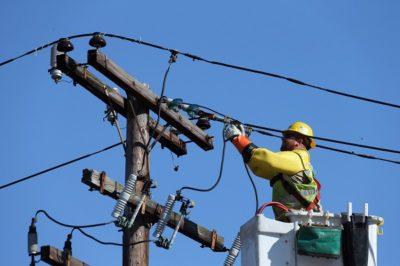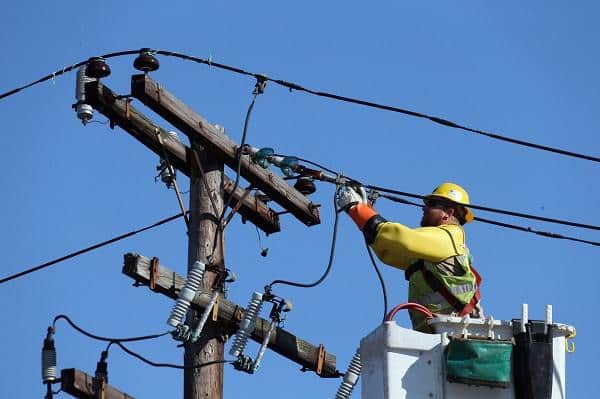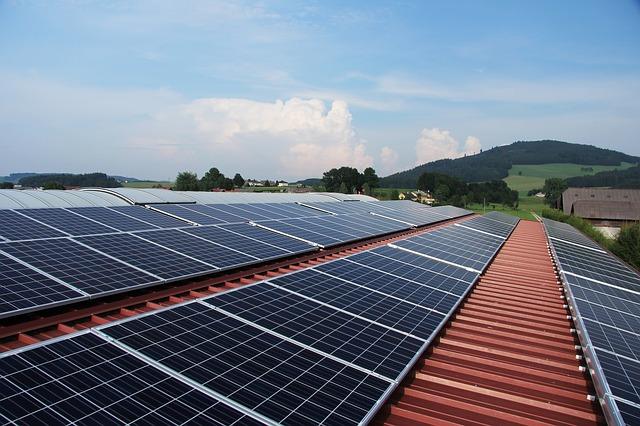 The average price for electricity in the United States hit a record high for the 11th straight month in a row in October and is up 42 percent over the last decade.
The average price for electricity in the United States hit a record high for the 11th straight month in a row in October and is up 42 percent over the last decade.
The average price for a kilowatt hour of electricity was 13.2¢ in October 2013 compared to 12.8¢ in October 2012, data from the US Bureau of Labor Statistics indicates. The price rose every month in 2013, according to the same data. The same statistics show that average electricity prices across the United States have risen for nine of the last 10 years.
These statistics seem to verify warnings that US electricity costs will increase by 21 percent over the next 10 years and 51 percent in the next 20 years, as Off The Grid News reported. The cost of electricity in the United States is rising and will continue to rise.
If this trend continues, the average kilowatt hour of electricity could cost around 62.86¢ in 2023 and over $1 by 2033. Recent history seems to justify these projections, as electricity rates have increased by 42 percent in the last decade. In fact electricity costs are rising at twice the rate of inflation, according to The Washington Post.
Why are electricity rates increasing?
There is no one cause for the continuing rise in electricity rates. Instead, several factors combine to keep the amount of your electric bill climbing. These factors include:
Harness the power of the sun when the power goes out…
- The high cost of upgrading the grid. The American Society of Civil Engineers recently gave the grid a D for reliability and security. Upgrading the grid to fix these defects will cost billions.
- The increasing cost of maintaining the grid. The number of power outages has more than doubled in the last decade, The Washington Post reported. More outages means more maintenance and repair costs which get passed onto customers.
- Big companies like Walmart, Google, Verizon, and Kroger are increasingly generating their own electricity. When big business disconnects from the grid – thus taking revenue away from electric companies — the cost of maintaining it and generating electricity gets passed onto homeowners and small business.
- Stringent new air pollution regulations implemented by the Obama administration could force more than 200 coal burning power plants to close. Utilities will have to spend big money to build new plants to replace those facilities or buy electricity elsewhere. That cost will be passed onto consumers.
- Existing power plants will have to be upgraded to comply with the new regulations. That can cost hundreds of millions of dollars. One utility, First Energy Corp, will have to spend $650 million to comply with the new regulations.
Fortunately there is a way that families and small businesses can take control of their energy future.
Take control of your energy future
The best way to protect your family and your business’s economic future from rising electricity prices is to find off-grid sources of electricity. Thanks to modern technology, it can be both practical and cost effective for average people.
There are several excellent off grid electricity sources that households and businesses can take advantage of. These include:
- Solar panels
- Fuel cells
- Small scale hydroelectric generators
- Wind turbines
- Micro Turbines
Even generating a percentage of your own electricity can cut your electric bill by hundreds of dollars a year. Some families have actually been able to eliminate most of their electric bill by taking advantage of solar panels and other technologies.











